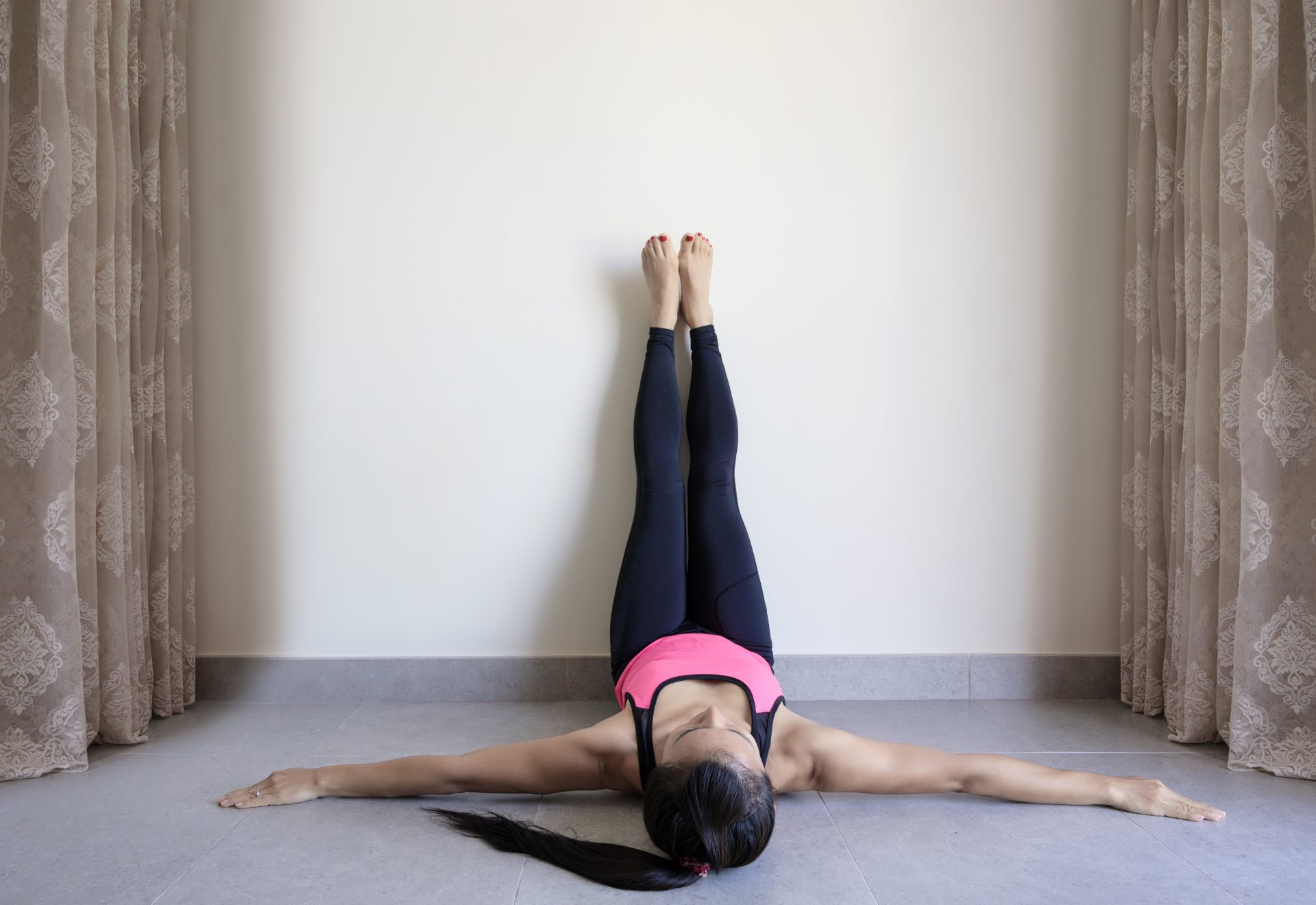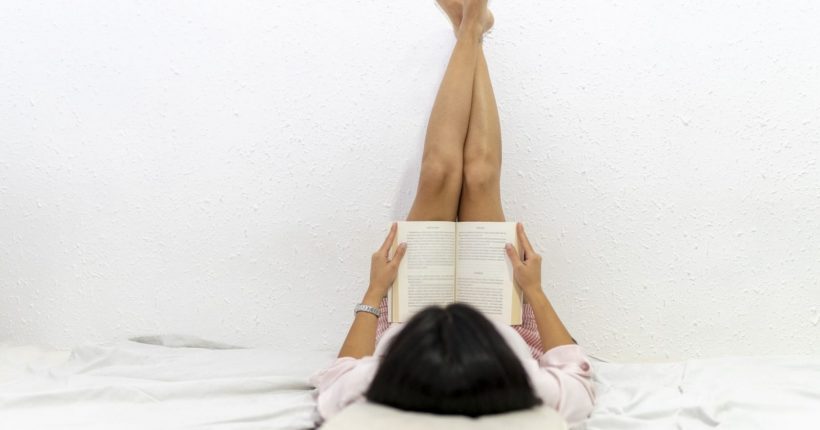Looking for a simple yet effective way to relax after a busy day? Tired after an intense workout or long run? Legs-up-the-wall pose may be the answer, writes Sonam Nundoochan.
The legs-up-the-wall yoga pose has gone viral on TikTok, racking up over 20 million views, with improved digestion and sleep quality among its proclaimed benefits. Some have even suggested that it helps to relieve headaches.
As keen as we are to try anything that claims to reduce stress – and it’s no secret that yoga has so many benefits for mental, physical and emotional health – the question is: just how effective can lying with our legs against a wall really be for our stress levels and wellbeing?
You may also like
Yoga nidra: could practising ‘yogic sleep’ really be the key to a better night’s rest?
What is the legs-up-the-wall pose?
The name says it all. Legs-up-the-wall is an ancient yoga pose also known as viparita karani,meaning ‘reversed in action’. It’s a restorative pose that simply involves lying down and stretching your legs up against the wall for a several minutes. It’s intended to promote relaxation, and although it’s usually practised at the end of a yoga class, you can practise it on its own too.
How to practise legs-up-the-wall pose
You can do this pose anywhere you have a wall – even lying on your bed, which makes it a perfect pose to help you unwind before you go to sleep.
1. Sit with your right side against the wall
2. Lift your legs up against the wall and start to lay on the ground on your back. Use props if needed – you can place a cushion, bolster, pillow or folded blanket under your hips for extra support
3. Adjust your position by scooting your tailbone toward the wall – it doesn’t need to touch the wall
4. Find a comfortable position with your arms – you can place them alongside your body, over your head or wherever is most comfortable for you
5. Feel your spine lengthening. Relax and settle in this pose for 5-15 minutes

What are the benefits?
It provides relaxation and reduces stress
Kristina Rihanoff, an experienced and qualified yoga teacher at Sooyoga, tells Stylist: “This semi-reclining pose combined with deep slow breathing leads to a slowing down of all systems within the body and helps with lowering the heart rate, which results in reducing anxiety, stress and insomnia.”
It increases blood circulation in the body
“Elevating the legs promotes drainage from excess fluid build-up and this facilitates lymphatic drainage and increases circulation,” says Rihanoff.
The pose helps to soothe swollen or cramped feet and legs
If you’ve been sitting at your desk all day or standing for long periods of time, make legs-up-the-wall your go-to pose. “Inverting the legs and feet is as an effective treatment for reducing swelling and pain in the lower body,” says Rihanoff. “This can be therapeutic after flying, physical activity or from the harmful effects of many hours of sitting or standing during the day.”
Legs-up-the-wall stretches the hamstrings and lower back
“The angle of the body reduces the curve of the lumbar spine, which will relax and stretch the back muscles. Even if the knees are slightly bent during the pose, your hamstrings will be lengthened and stretched,” Rihanoff says.
You may also like
Stretch it out: yoga can ease period pain and PMS
And is there anyone who should avoid legs up the wall pose?
Rihanoff explains that “those with medical conditions such as hernia, hypertension or glaucoma” should avoid practising the pose. As with all yoga poses, make sure to avoid any poses that cause you pain or extreme discomfort. Because inversions make the heart work harder to pump more blood to the lower parts of the body, anyone with heart conditions should check with their doctor before practising this pose.
Images: Getty
Source: Read Full Article
